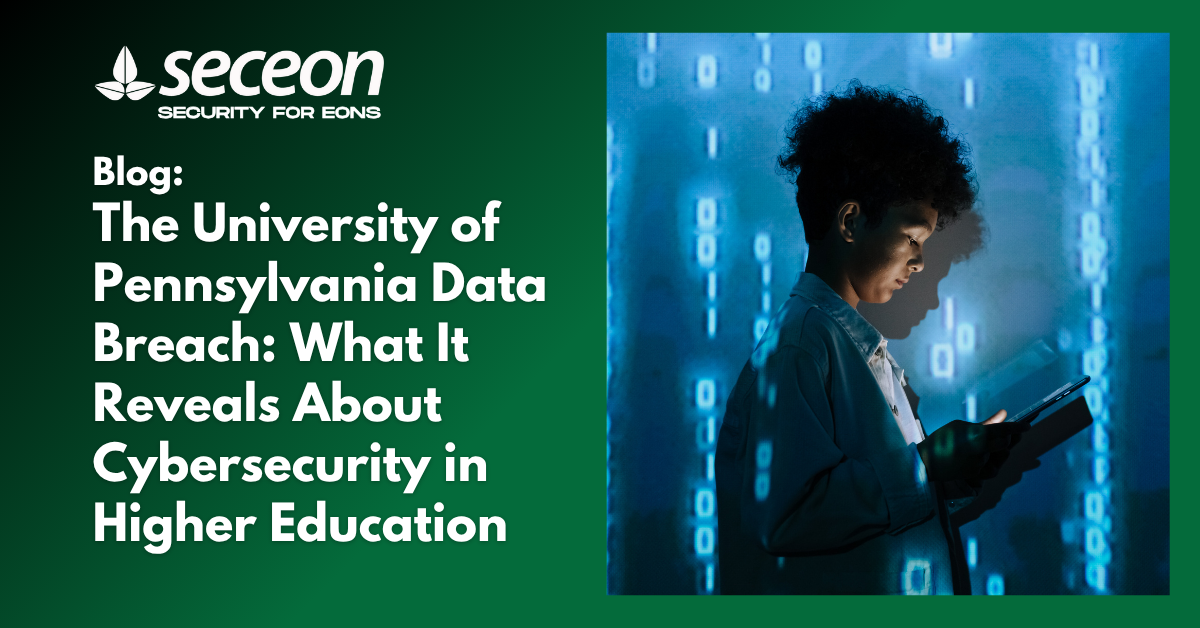
When one of the world’s most prestigious universities experiences a cyberattack, it becomes a reminder that no organization, regardless of size or reputation, is immune. The University of Pennsylvania data breach, detected on October 31, 2025, and publicly confirmed on November 5, 2025, has sparked widespread discussion on cybersecurity in higher education and the evolving nature of digital threats against academic institutions.
According to reports from TechCrunch and BleepingComputer, the University of Pennsylvania discovered unauthorized access within its development and alumni systems. Attackers gained entry to several official @upenn.edu email accounts, including those belonging to senior staff and the Graduate School of Education. Using these accounts, they sent mass emails to students, faculty, and alumni, impersonating university representatives.
The attackers claimed to have stolen over a million records, including personal information of donors, alumni, and students. They also used the compromised accounts to send provocative messages such as “We got hacked” and “Please stop giving us money,” amplifying reputational risk and public concern.
The University confirmed that the compromised systems were primarily related to alumni and development operations. Law enforcement agencies, including the FBI, are now involved in the investigation while forensic teams work to understand the full scope of the data exposure.
Universities store a rich mix of sensitive data, including personal records, research information, donor details, and financial transactions. This makes them highly attractive to cybercriminals. The combination of open academic environments, distributed IT systems, and legacy infrastructure often leads to gaps in visibility and control.
The UPenn breach highlights how credential misuse and insider-style compromises are increasingly common in university networks. Once a single credential is stolen, attackers can move laterally, access cloud systems, and send legitimate-looking communications that bypass traditional security controls.
The first lesson is that identity and access security must become a core part of every university’s cybersecurity strategy. Relying solely on perimeter defenses is no longer sufficient when attackers exploit valid user accounts. Continuous authentication, behavioral analytics, and strict privilege management are essential.
The second lesson is that data breach response plans must focus on detection speed. UPenn detected the incident on October 31 but publicly confirmed it on November 5. While this is a reasonable timeline for investigation, it shows how even short delays can impact containment and communication. Real-time visibility, automated alerting, and predefined response workflows can significantly reduce that window.
The third lesson is about resilience and reputation. Educational institutions are built on trust, and breaches involving alumni or donor information can have long-term effects on credibility. Transparent communication and fast remediation play a key role in recovery after a breach.
The University of Pennsylvania breach is a reminder that higher education must adopt proactive, automated, and integrated approaches to cybersecurity. Modern threats are not only technical but also behavioral, requiring continuous monitoring across users, endpoints, and cloud workloads.
Platforms that combine SIEM and XDR capabilities, backed by advanced analytics, give security teams the ability to detect and respond to anomalies faster. They enable early identification of compromised credentials, lateral movement, and data exfiltration attempts before damage occurs.
Seceon’s platform empowers universities and organizations to stay ahead of modern threats through unified visibility and automated defense. By combining SIEM, SOAR, and XDR functionalities, Seceon delivers real-time detection, threat correlation, and automated response from a single platform.
The system continuously monitors user and network behavior to identify unusual activity, such as compromised email accounts or unauthorized data access. Automated playbooks help isolate affected systems and initiate mitigation instantly, without waiting for manual intervention.
In a landscape where data breaches like UPenn’s can disrupt operations and trust, Seceon enables higher education institutions to maintain compliance, ensure continuity, and protect what matters most, their people, research, and reputation.
Learn more about how Seceon’s platform can help your institution prevent, detect, and respond to threats before they escalate.
